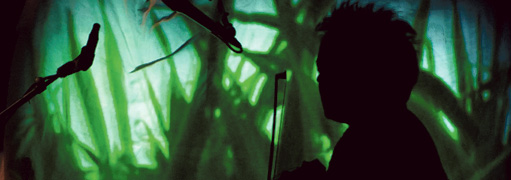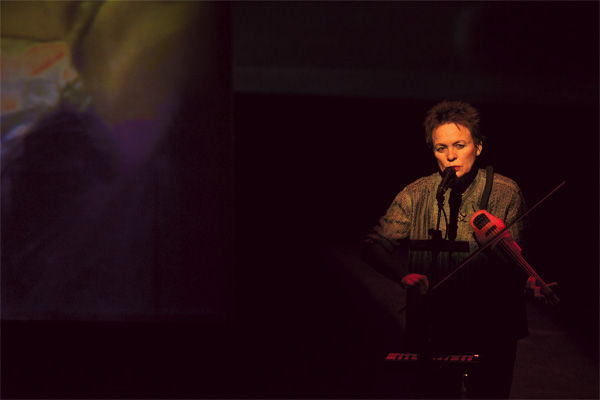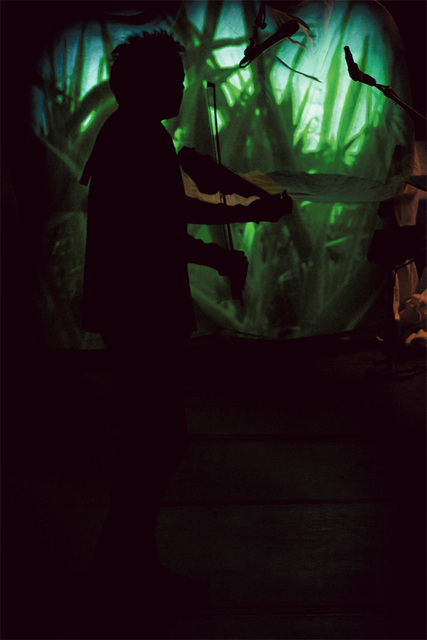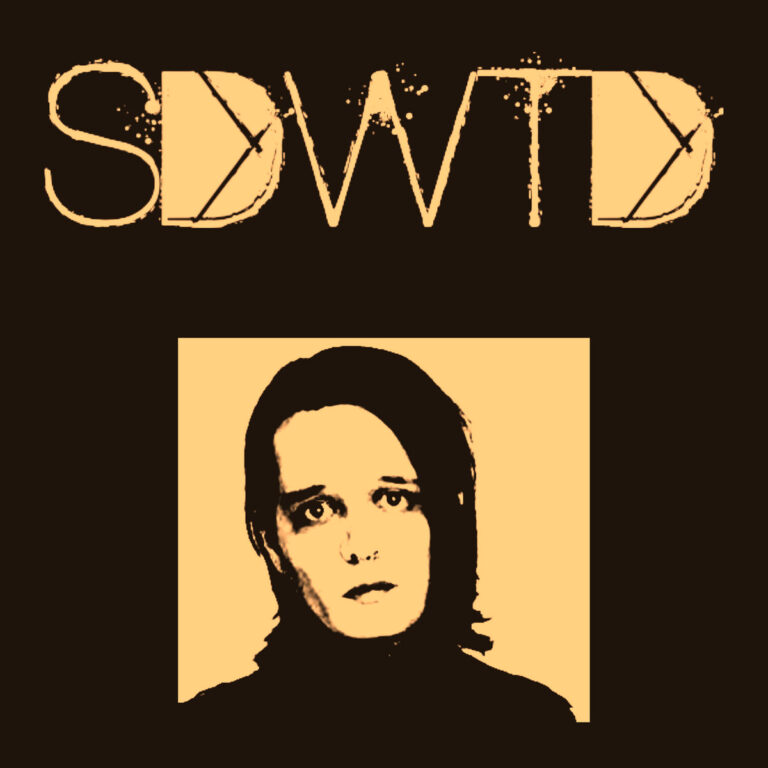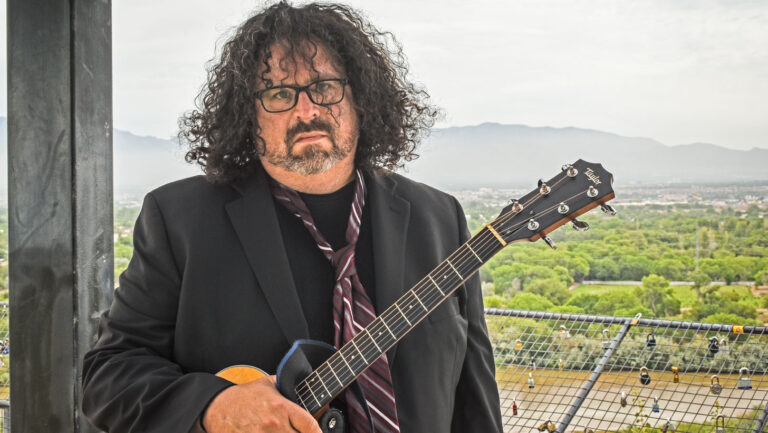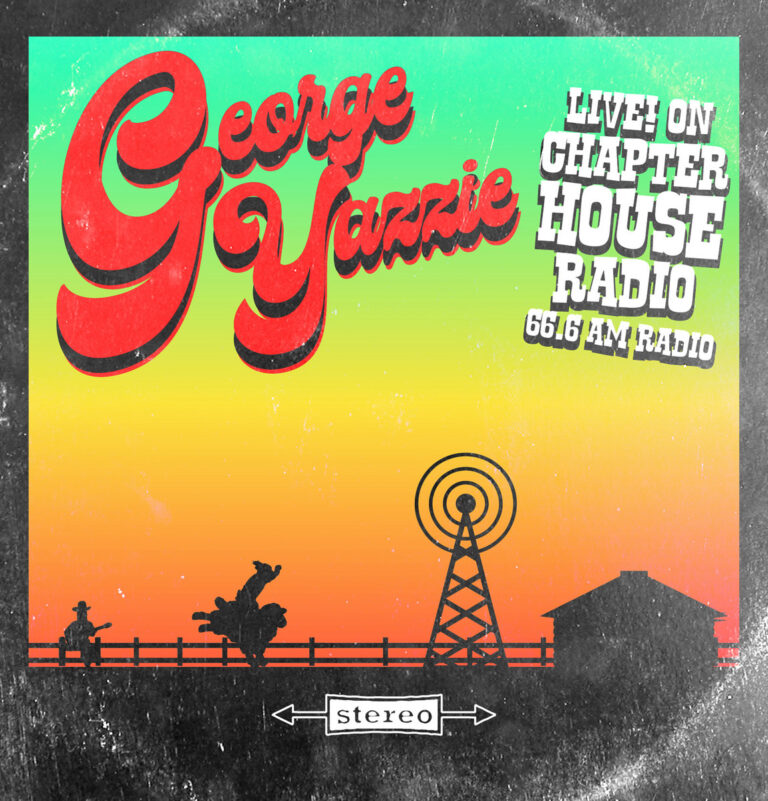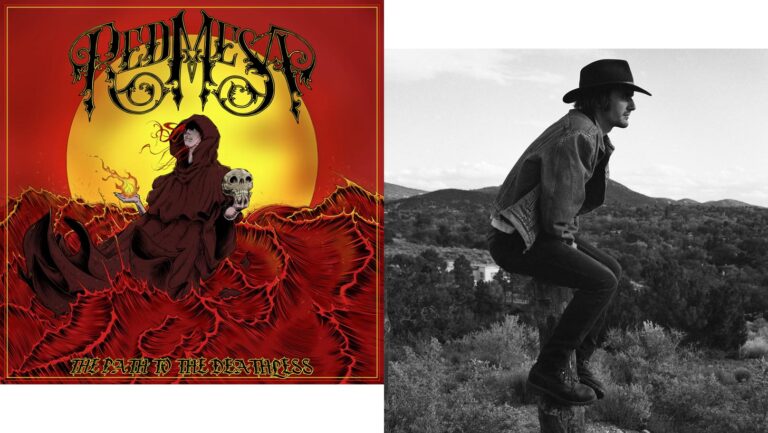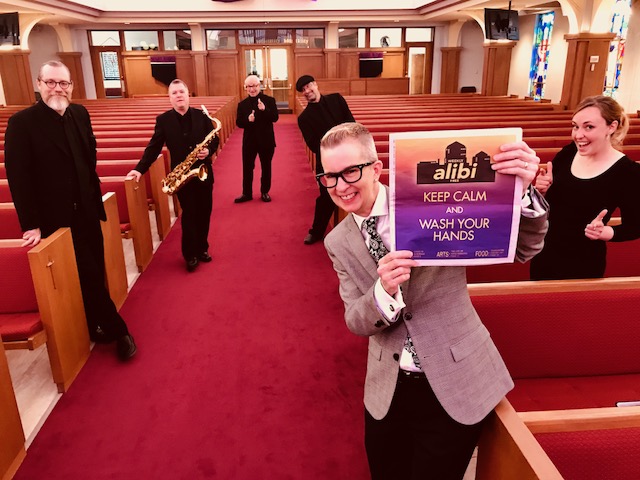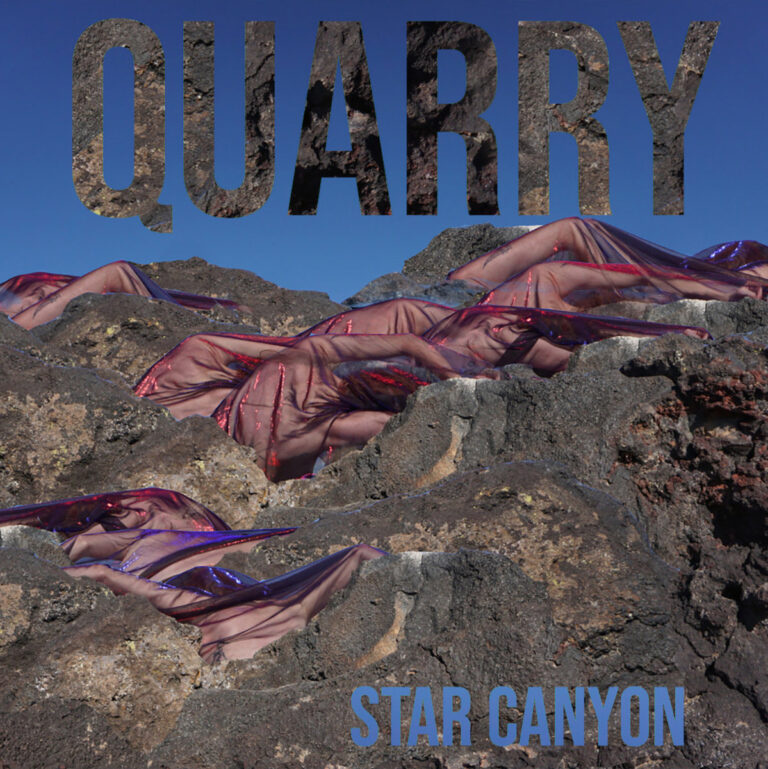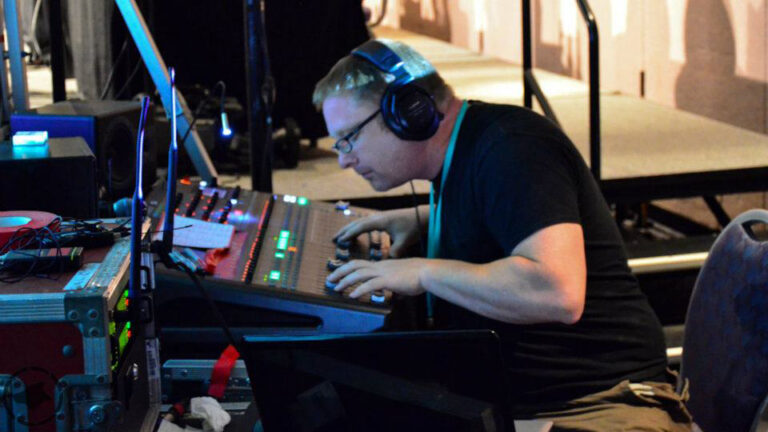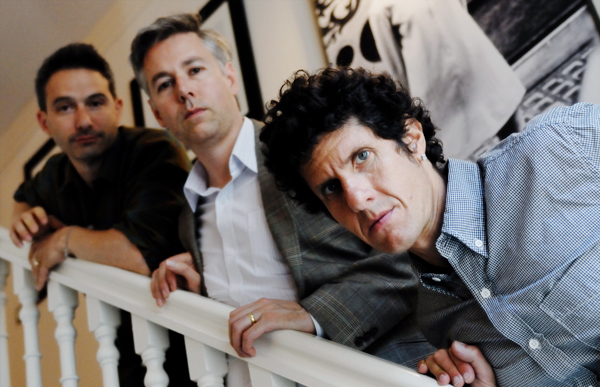Marooned in a Room
She used to need a fleet to tour, including roadies to load in and out of venues. "The kind of show I did in the ’80s with four big trucks, I can do it with a briefcase." That’s an improvement that came with the digital age, she says, the decrease in weight and increase in portability. Plus, as a self-described geek, she can carve away at sound for hours from the comfort of her home. In the days when big studios were the primary means of recording, that kind of time was a luxury no one could afford. Still, she says, "I don’t know if it’s a better world or a better way to make things now." Anderson misses being marooned in a room with other musicians surrounded by incredible speakers for months. Digital systems didn’t just change records, she adds, but the world around the records. "It erased a number of businesses, not just the studios, but the catering and the transportation and all the things you used to do when you were moving stuff around." She doesn’t use analog instruments directly much anymore, beyond a violin and a couple of mics. She samples a lot of them and loves their "sad and shabby sounds.”Bigness
Scale is a big deal for Anderson. She started out as a painter but was frustrated by the size of the canvasses. She wanted to make larger things with more physical presence, she explains, and so moved into sculpture. In 1969 her first composition was performed, and it was jumbo, sonically: A symphony played on the horns of vehicles at a drive-in band shell in Vermont. Her inclination toward bigness extends to sound quality, too. "People have gotten used to crummy MP3 sounds coming out of the worst speakers in the world," she says. "Along with the collapse of industry, the amazing thing is live sound has become really important." Live music, with its fat, beautiful bass and worthy speakers, is experiencing a renaissance, Anderson says.The Noise Floor
Scale is arguably the motivator behind her latest work, "Dirtday!" When the violin was first invented in the 1500s, she says, it was typically played in small room. It evolved into an instrument that’s heard at a great distance. From far away, Anderson says, it sounds less complex than it does to the person who’s playing it. The violin loses its grittiness, as well as some of the harmonics and overtones. So she’s created filters that bring the dirt off the noise floor and into the hearing range of a large audience. "It’s listening to the instrument on a more minute level, kind of a hyper-violin."As the piece was taking shape, she became inspired by Occupy Wall Street, and more involved in political and social ideas. She’s shocked by how much the Occupy movement was contained and erased because it had so much energy. "It got muffled, modified." Though "Dirtday!" was initially intended to be an instrumental work, lyrics started creeping in—then a narrative, then a flood of them. "It’s a long shaggy dog of a story that goes between politics, economics, dreamscapes, theories, personal stories, and it’s glued together by this weird violin." She was the last to know what it would look like. As a multimedia artist, Anderson’s never sure of what it is that she’s making. "I can start out trying to write an opera and it ends up as a potato print. That’s fine for me but not fine for the people who commissioned the opera."Through the decades, she’s followed impulses to work in a variety of formats. Anderson likes to think she has almost no relationship with her older works, she says. "I’m probably fooling myself." After completing a video installation that felt like a step forward, she attended a retrospective on her work and saw something she’d done years ago that was very similar. "Things that are really big developments for me, that I think are so new and crazy, sometimes I look at them and notice, Oh, I did that 20 years ago."Laurie AndersonSunday, Sept. 23, 8 p.m. KiMo Theatre 423 Central NWTickets: $40, all-agesampconcerts.orglaurieanderson.com
